The mask of pregnancy, or chloasma, affects pregnant women, and manifests itself as patches of pigmented skin on the forehead, cheeks and neck. Hormonal changes are often the culprit, as they can lead to increased production of melanin, the skin’s natural tanning agent. While most women will only be mildly affected, some can develop rather dark patches that cause them to feel self-conscious.
One way to minimise their appearance is to avoid exposing the skin to the sun. Sun blocks will protect the skin and minimise the production of yet more melanin. These marks should fade once the baby has been born, and fading can be helped if the woman breastfeeds her child.
Some women find, however, that their pigmentation does not fade, and worsens with any subsequent pregnancies. Some creams can help, although other pigmentation treatment is available.
The Advanced Intense Pulsed Light system acts directly on the pigmentation in the skin without damaging the cellular structure of the skin. It generates heat in the unwanted lesion that results in the disintegration of the discoloration.
Although the patch may initially appear a little darker, it starts to fade within a couple of weeks, and significant improvements can be obtained following a course of treatment tailored to an individual’s needs.







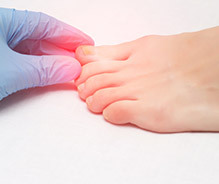
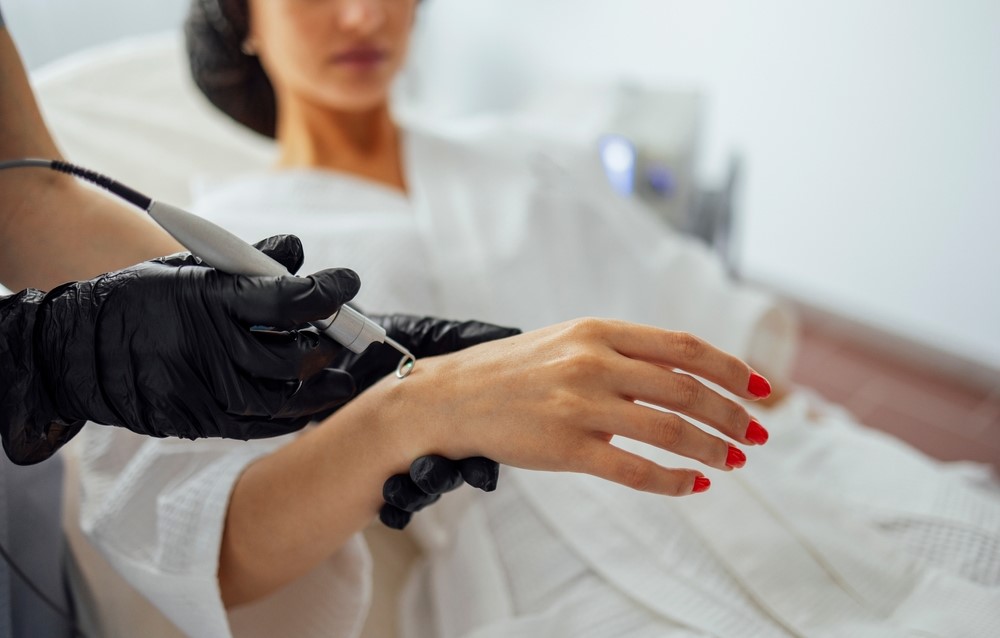

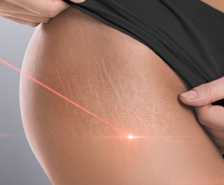






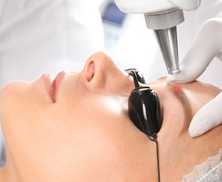





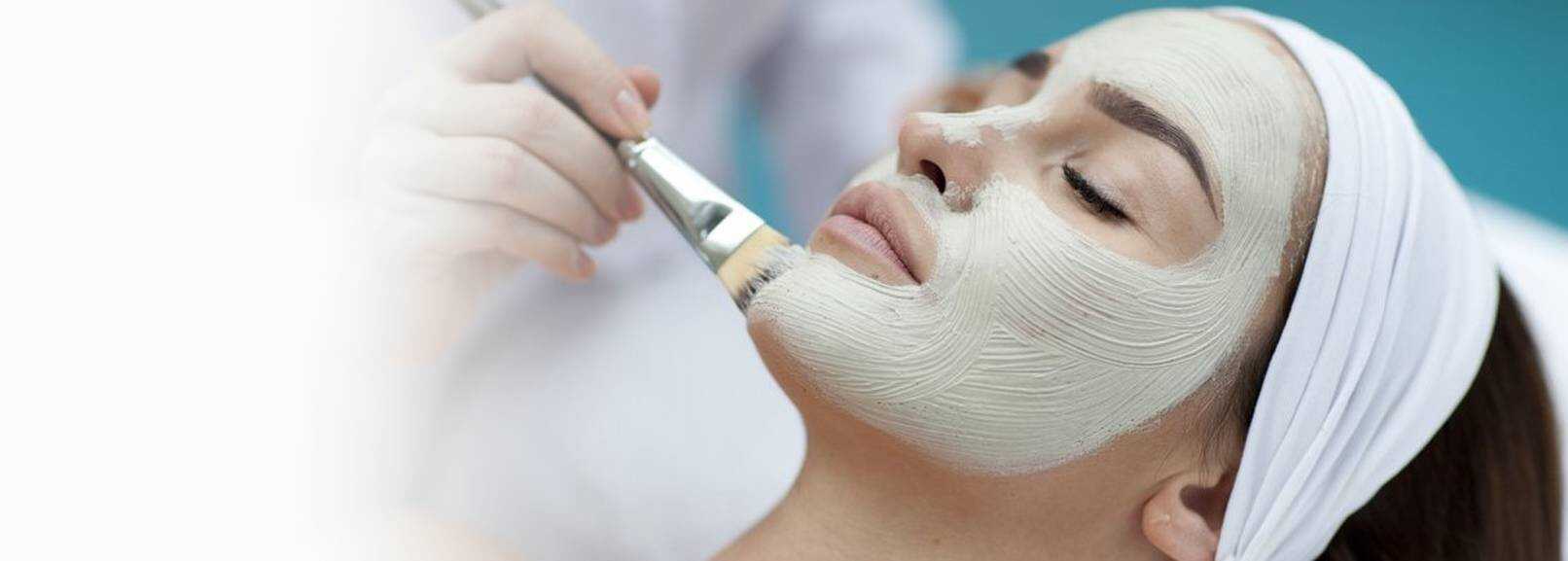



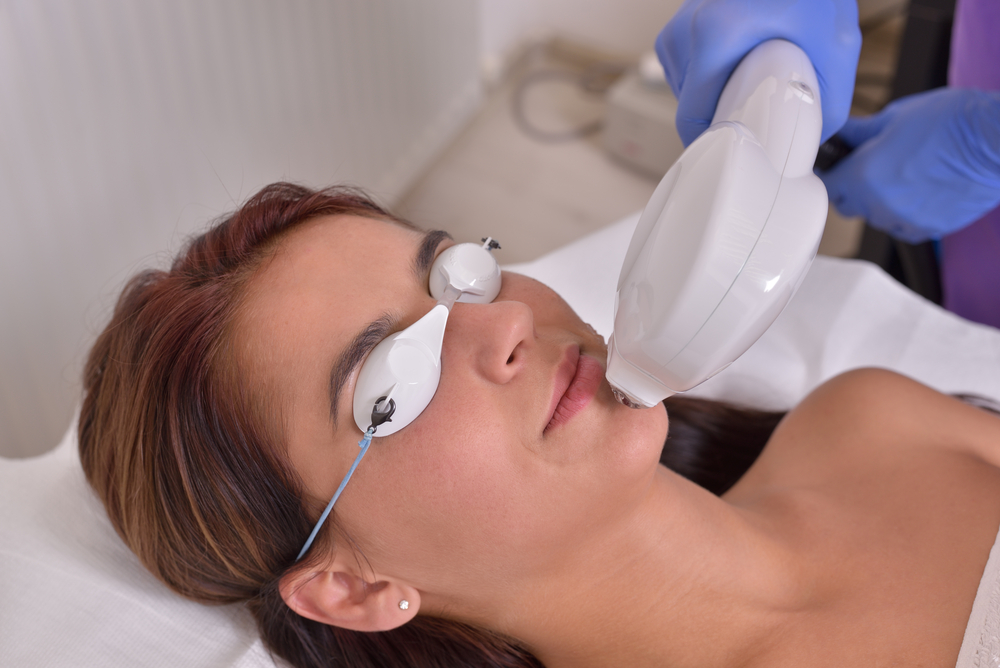




 020 8012 8582
020 8012 8582